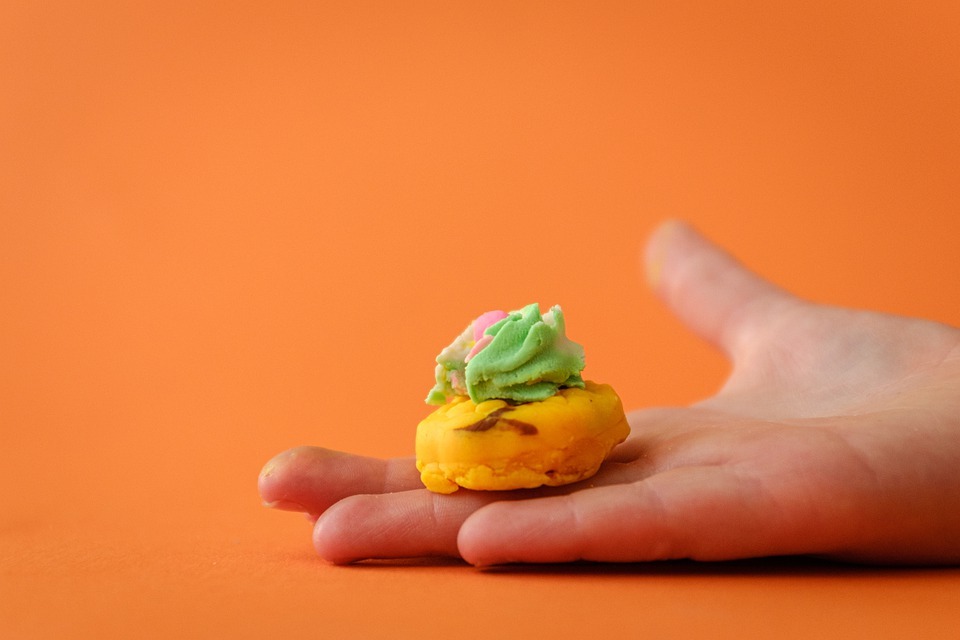Over the past 30 years, scientific research has taught us that the period of human development from birth to eight years old is the most important stage. During these years, we develop our cognitive skills, physical and mental health, emotional well-being, and social competence to build a strong foundation for our adult years. Although learning never stops all throughout your life, learning during your early childhood can never be replaced. The education years starting from pre-school lay the foundation for success in the future. This is where learning through play comes in, as it is relevant throughout a child’s early childhood period and after.
Learning through play might appear as a simple concept, but it has a deeper meaning. Children learning through playing can make better sense of the world they’re in through discovery. This allows them to undergo cognitive, emotional, physical, and social development. This learning method is also backed up by science. Various scientists and psychologists have studied the importance of play for over a century now.
How Play-Doh Can Help
Every kid and their parents love Play-Doh. It’s a childhood favorite despite its messiness. It’s perfect for kids of every age since it’s reusable and non-toxic. In the 1930s, Play-Doh was initially made to be a wallpaper cleaner, but come the 1950s, and the modeling clay was turned into an educational toy.
Play-Doh is really popular with children, and it’s not only good for fun, but it also benefits children in a lot of ways. Listed below are the benefits of playing with play-doh and the many learning opportunities a child gets.
1. It flourishes a child’s fine motor skills
Molding play-doh into different shapes might seem like developing their artistic skills, but while that’s true, doing so also builds up a child’s arm strength. Flattening, squishing, and rolling the clay, among others, develops the hand muscles that children use. This will be useful for their future fine motor movements like using scissors and holding a pencil.
2. It encourages creativity
A child’s creativity is limitless. No matter how many colored clays you have, a kid can make tons of creations using play-doh. Turning scratch into something creative encourages children to expand their imaginations and use their minds to think of new and innovative creations.
3. It enhances hand-eye coordination
Children also pick-up different materials that work well with play-doh, just like cookie cutters and rolling pins, among others. This variety of tools develop a child’s hand-eye coordination by allowing them to control the materials to their liking.
4. It’s calming
The feeling of squeezing play-doh is pretty much similar to the feeling of squeezing a stress ball, great for calming you down. The modeling clay is great for relaxing the children. Playing with it helps release extra energy, ease tension, and improves the kids’ focus. Try sitting down with your child and let them freely play with play-doh when they’re stressed and watch it easily fade away.
5. It supports literacy and numeracy
Some kids are difficult to teach, especially when it comes to subjects that stimulate their brain too much. Play-doh can be used as a learning tool to educate your kids with their literary and numerical skills. You can use it to teach your kids about shapes, numbers, descriptions, and many more.
6. It promotes playtime
At present times, technology has fully overtaken our world, and our kids are not immune to that. They are constantly drawn to and distracted by the gadgets they see. This might make them disconnected from the world around them, so by encouraging your child to play with play-doh, you will be able to help them focus and slow down, all while using their skills and senses.
7. It improves social skills
Children playing with each other, sharing their play-doh kits encourages the improvement of their social skills. A child interacting with another is a great exercise for social settings. Kids can share play-doh colors, materials, and tools within their playgroup, as well as spend time discussing and exchanging creative ideas.
It’s clear that despite its messiness and difficulty being tidied up, play-doh is worth the trouble. It’s not rocket science to guess why the modeling clay has been around for many years. Play-Doh offers fun while learning.
If you are looking for creative ideas to improve your child’s play-doh experience, here are some lists of additional elements that you can add to your play-doh kit.
List of materials that can be added to create open-ended playtimes:
Buttons
- Child safe scissors, plastic knives, pizza cutters, rolling pins
- Chocolate boxes
- Cookie cutters (alphabet, number, and shape)
- Cupcake cases (in various sizes)
- Egg cartons
- Fabric, netting, and ribbons
- Feathers (natural and/or colored)
- Glass pebbles
- Miniature toys
- Muffin tins
- Pasta shapes
- Shells
- Small cups
- Straws
- Wooden letters and numbers
List of additional flavors to add to play dough:
- Cinnamon
- Cocoa powder
- Essential oils
- Food coloring
- Food flavoring
- Fruit juice
- Fruit tea
- Ginger
- Herbs
- Kool-aid
- Lavender
- paint
- Scents
- Turmeric
List of additional textures to add to play dough:
- Coriander seeds
- Couscous
- Glitter
- Glitter glue
- Pebbles
- Poppy seeds
- Rice
- Rock salt
- Sand
- Sawdust
- Sequins
- Sesame seeds
- Tiny pasta


